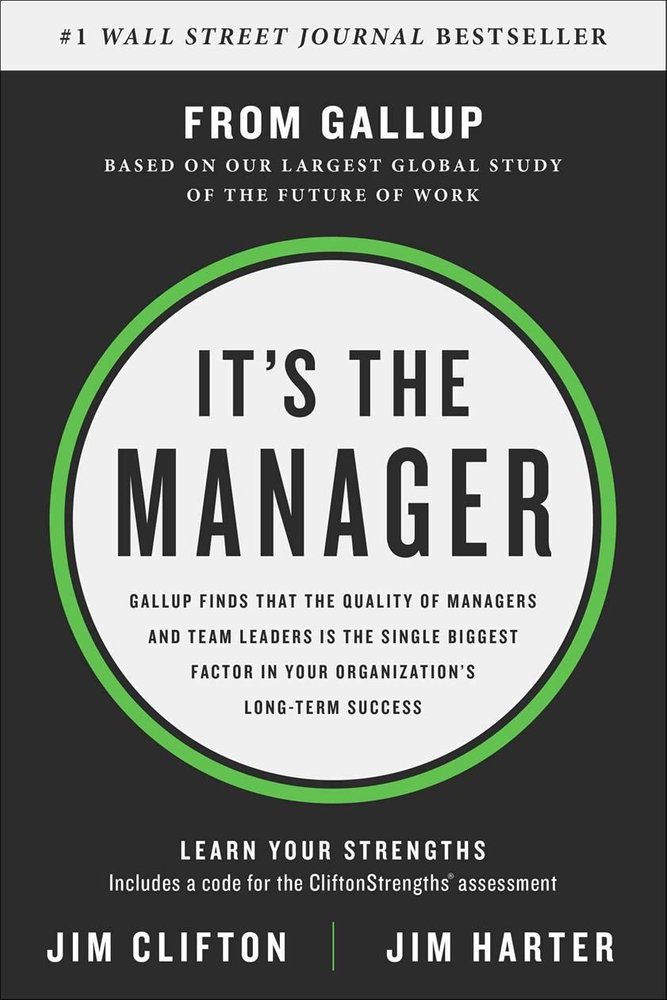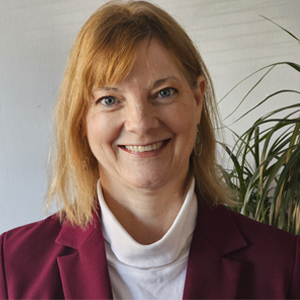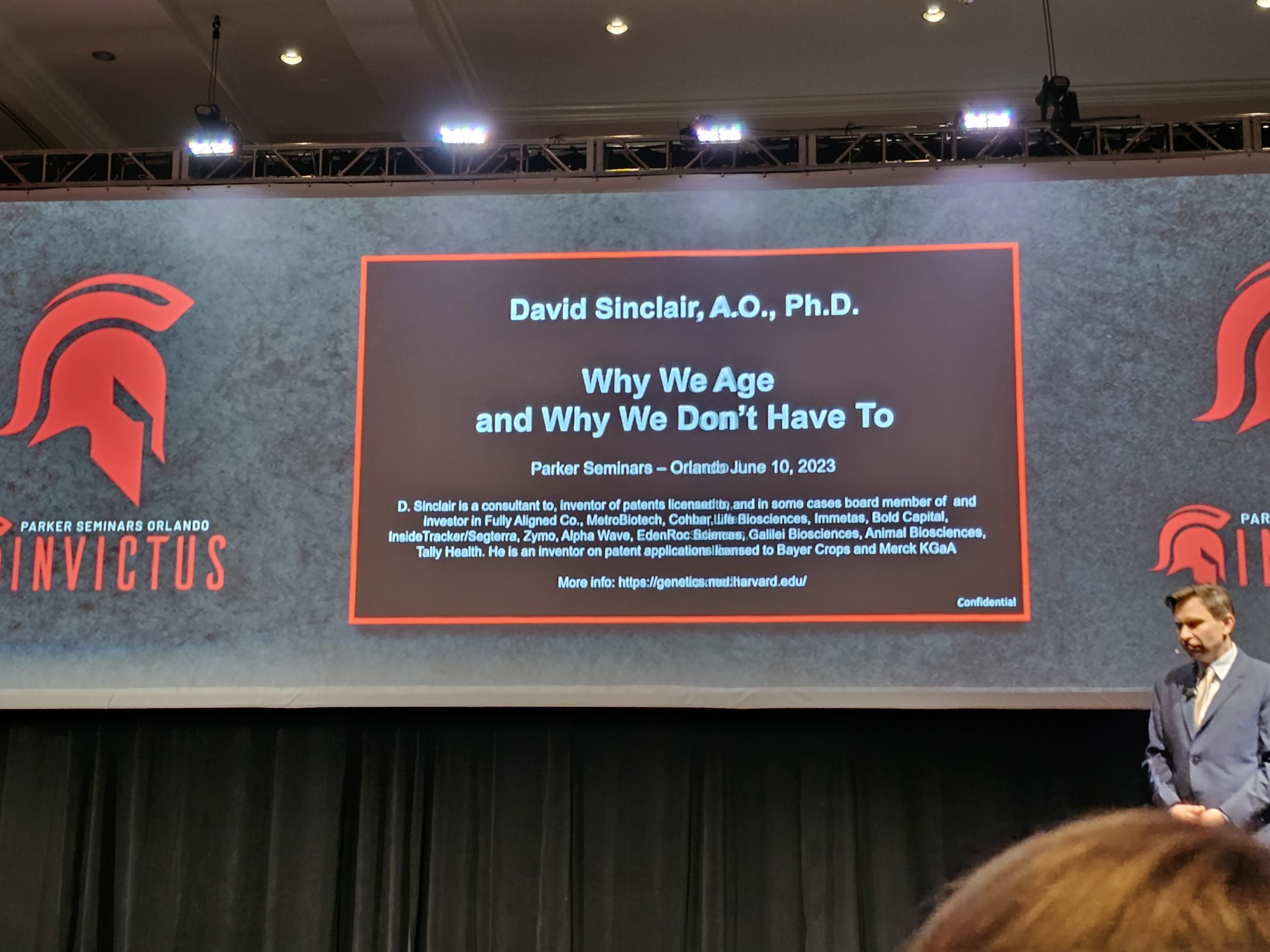
Positioning is a marketing term that refers to how your services are perceived in the minds of customers or potential customers.
For example, you get two different concepts when you think of a Timex $40 wristwatch and a $10,000 Rolex. In selling these products, advertising deliberately tries to position each in your mind so that they are different but appealing.
The fact is, they do about the same thing. But, positioning them can make each more appealing to different groups of people. In marketing Timex watches, for example, they might show busy people working or athletic people with a tagline that says: “takes a licking and keeps on ticking.” On the other hand, Rolex offers images of elegance or authoritative men in suits. Both of these appeal to different groups of people with different wants.
HOW CAN POSITIONING GENERATE MORE NEW PATIENTS FOR YOUR OFFICE?
Let’s start with the position chiropractic has in most people’s minds. According to a Gallup Poll in 2015, 60% of Americans think chiropractic is effective for neck and back pain. Only 11% disagree. The rest don’t know or are neutral.
That means that, in consumers’ minds, you guys generally have the position of treating neck and back pain. Here is one approach to using this:
NATIONAL PROGRAM – Spinal Health Month
You can position your services with a national health campaign. This is what Big Pharma did with the COVID jabs, and what they do with flu shots. It’s manufactured marketing, of course, and promoted authoritatively as part of a national program.
You can do the same! (An application of guerrilla marketing!)
And remember, your stats are better than Big Pharma’s and corporate medicine! (You should probably ensure that your patients know this.) While respecting the good work of individual MDs and certain medical clinics and organizations, which there now seems to be more of after COVID (E.G. FLCCC), keep in mind that the U.S. medical system comes in LAST compared to other industrial countries.(link below)
The American Chiropractic Association promotes what they call National Chiropractic and Health Month in October. Also, Congress recognizes October as National Spine Health Awareness Month. And although a bunch of MDs also promote this, you could use it. I recall when the ACA, and maybe the ICA, promoted October as National Spinal Health Month.
I don’t think it really matters. You can promote your own National Spinal Health and Fitness Month and position your services next to this campaign. We have done this over the years very successfully. Figure that your campaign is more helpful and therefore more legit than those promoted by the drug industry and its lackeys and mercenaries.
There are dozens of approaches to this. I’d be happy to spend a few minutes with you to give you some ideas that have worked. You could:
-
Send out reactivation letters. “It’s Spinal Check-up Time!” and offer a free screening, discount massages, or just healthy cupcakes.
-
Put a banner in your office; “October is National Spinal Health Month — Schedule your family for a Health Check-up.” Print up a poster and fliers and encourage your staff to have patients bring in those they care about for a check-up.
-
Send out an email promotion for this important national event.
ATHLETES
How about another example, maybe for November?
Despite the little medical emphasis on the importance of exercise, people are finding out on their own how vital physical activity is to maintain their health. To some degree, more people are becoming amateur athletes.
Go with this!
Position your services as designed to improve athletic performance. Stay in the Game Longer! Position your services next to famous athletes who testify how chiropractic was essential in achieving their accomplishments in sports. (Link to some chiropractic athletes below.) Promote the fact that all U.S. professional football teams have chiropractors. In fact, you can look up your team’s chiropractor. (link below.)
You could call the team’s D.C. and possibly get a quote or meet with them for a photo opportunity. You could meet with the local high school coach, promote this, and arrange screenings for their players.
By positioning your services next to successful high-performing athletes, the audience can easily make the association that your services must improve physical and functional performance.
So those are a couple of ideas for using positioning to generate more new patients, reactivate former patients, and keep the ones you have.
You’re the coach. Get the team in for care!
Seize the WIN!
Ed
Pro football chiropractors.
U.S. Health system ranks last.
Athlete quotes on chiropractic
Some promotional ideas for October:
Gallup poll on chiropractic favorability.
—————————————————-
If your practice building efforts aren’t taking you to your goals,
there are reasons — many of which are hidden from you.
Find out what they are and how to sail to your next level by getting and implementing my new book, The Goal Driven Business.

The Goal Driven Business By Edward Petty























